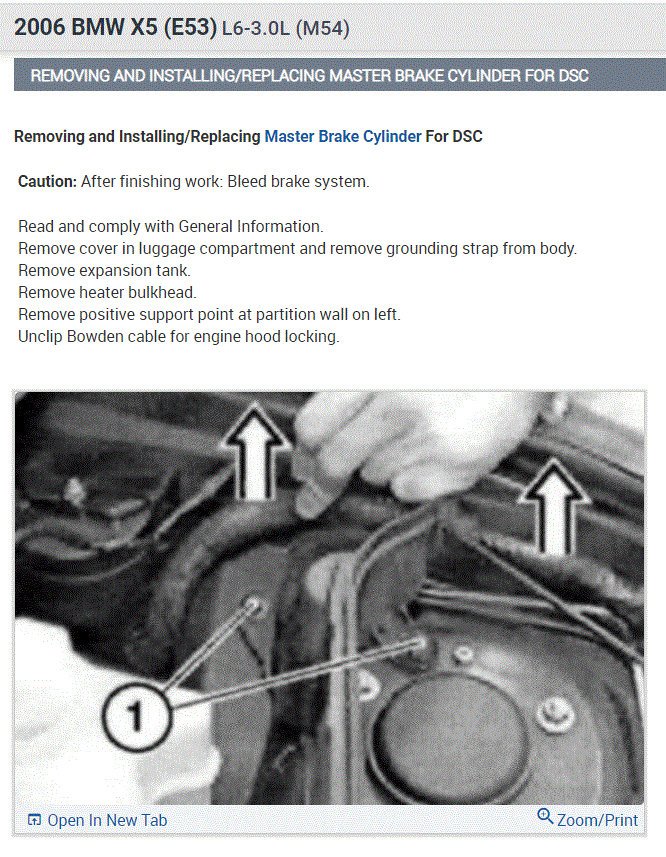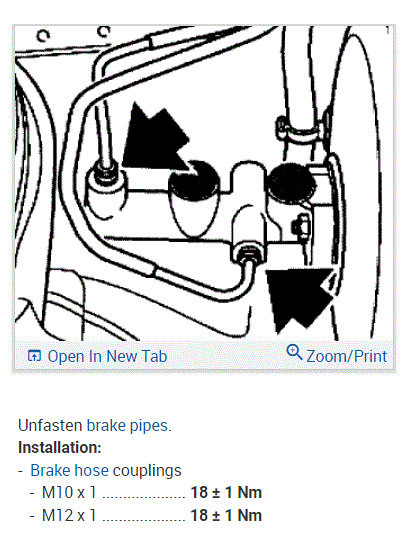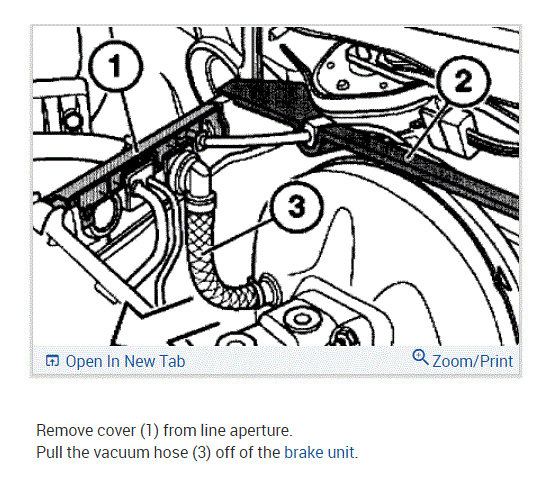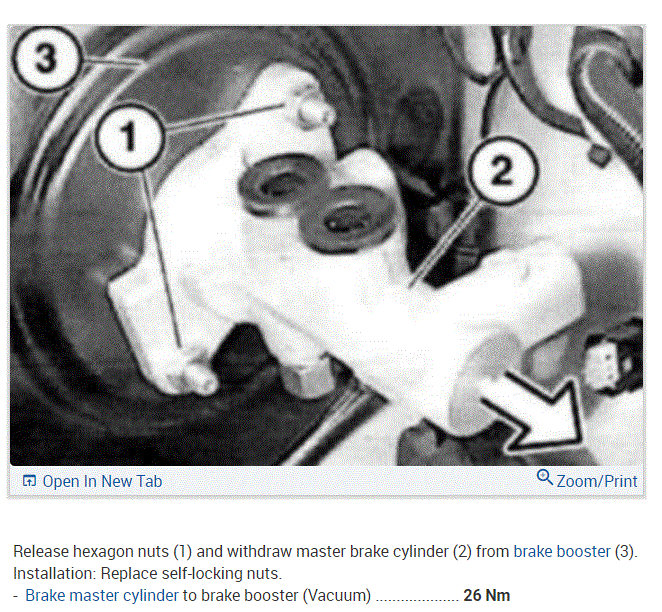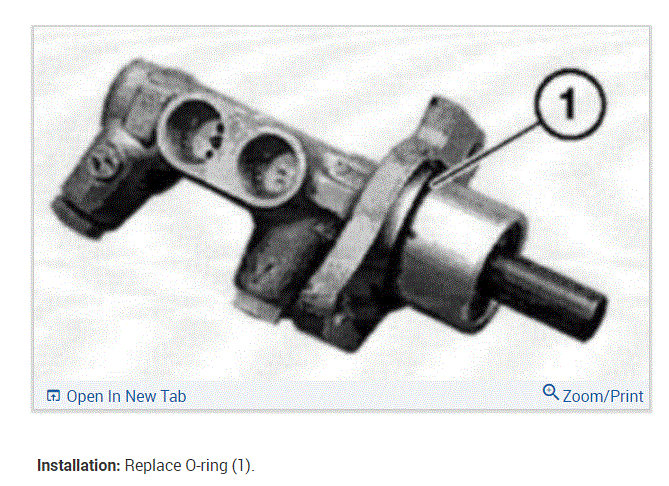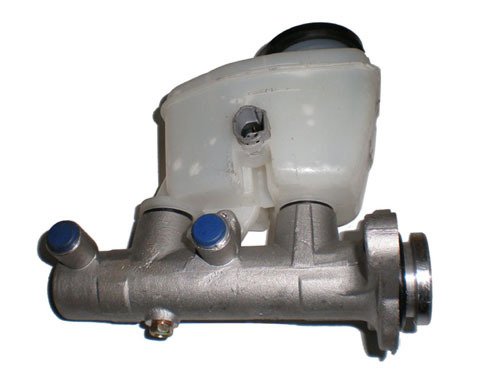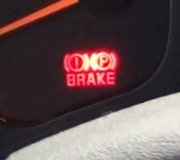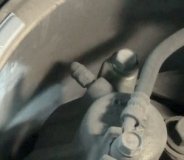Monday, May 21st, 2012 AT 3:46 PM
I dropped my 2006 X5 at dealership and they told me the front brake pads will need to be replaced. I have a maintenance plan on the X5 but the dealership only replaced the Pads and not the rotors. The adviser told me that the brake master was leaking but I want to do the job myself can you help me?
